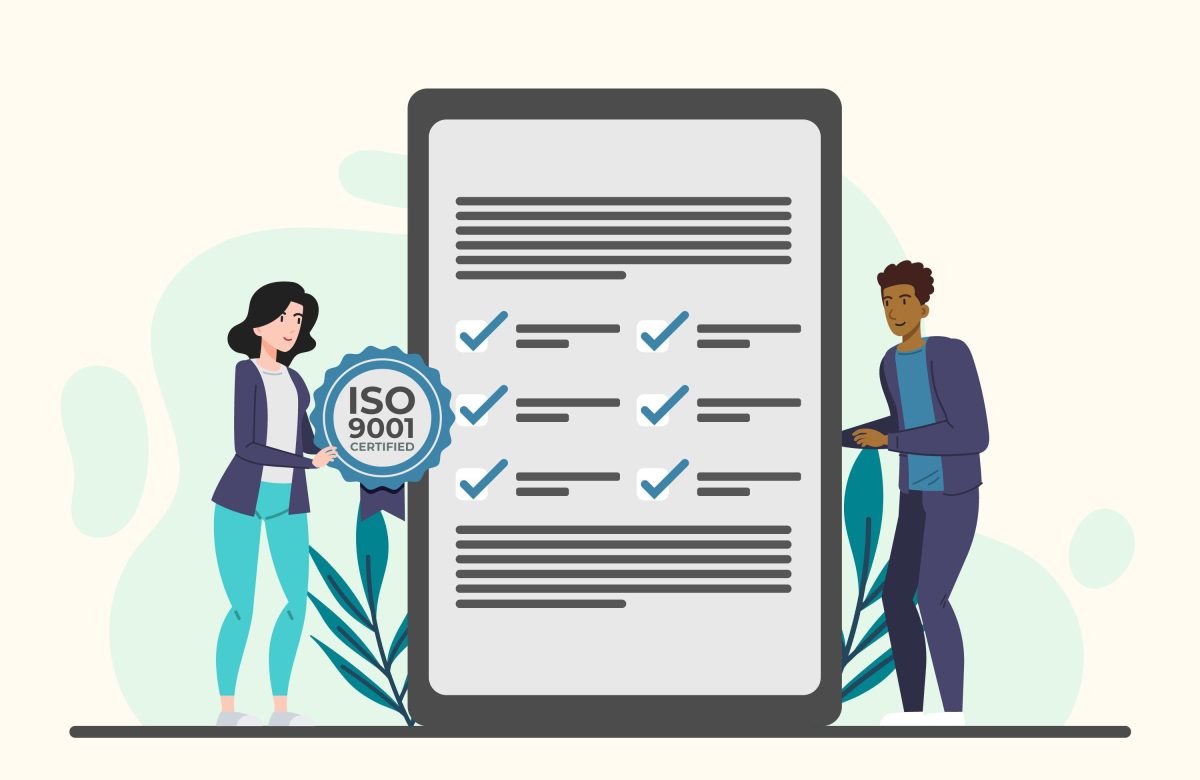How to develop a pricing strategy that maximizes profits

In the intricate landscape of business, setting the right price for your products or services is a delicate balance between customer perception and maximizing profits. A well-defined pricing strategy can propel your business toward success by optimizing revenue streams. In this blog, we’ll delve into a three-step approach to developing a pricing strategy that not only resonates with customers but also ensures your bottom line thrives.
Step 1: Understand Your Costs and Market Dynamics
Before diving into pricing strategies, it’s essential to have a clear grasp of your costs and the dynamics of your market.
1.1 Calculate All Costs
Start by comprehensively calculating all the costs associated with producing and delivering your products or services. This includes direct costs (raw materials, manufacturing, labor) and indirect costs (overhead, marketing, distribution).
1.2 Analyze Competitors and Value Proposition
Understand your competitors’ pricing strategies and where your offerings stand in the market. What unique value does your product or service bring to customers? If your product offers distinct advantages, you might be able to price it higher.
1.3 Identify Price Sensitivity
Evaluate how price-sensitive your target audience is. Will a small price change significantly impact their decision to buy? Understanding your customers’ willingness to pay helps determine optimal pricing levels.
Step 2: Explore Effective Pricing Strategies
With a clear understanding of costs and market dynamics, it’s time to explore pricing strategies that maximize profits.
2.1 Cost-Plus Pricing
Cost-plus pricing involves adding a markup to your costs to determine the selling price. While straightforward, this strategy doesn’t consider external factors like market demand and customer perception. Use this strategy carefully, ensuring your markup covers costs and generates desired profits.
2.2 Value-Based Pricing
Value-based pricing sets prices based on the perceived value your product or service offers to customers. Consider the benefits your offering provides, how it solves customer problems, and the value it adds to their lives. This approach allows for higher pricing if your product delivers significant value.
2.3 Psychological Pricing
Psychological pricing plays on human psychology to influence purchasing decisions. Strategies like setting prices just below round numbers ($9.99 instead of $10) or offering tiered pricing options (basic, standard, premium) can impact customer perception and encourage purchases.
2.4 Dynamic Pricing
Dynamic pricing adjusts prices in real time based on factors like demand, supply, and competitor prices. While complex, dynamic pricing can help maximize profits by capturing additional revenue during peak demand periods.
Step 3: Test, Monitor, and Adapt
Setting a pricing strategy is not a one-time endeavor. It requires continuous testing, monitoring, and adaptation to optimize profitability.
3.1 Conduct A/B Testing
A/B testing involves offering different pricing options to different segments of your audience and analyzing which option generates more sales or revenue. Experiment with variations in pricing, such as discounts, bundles, or pricing tiers, to identify the most effective options.
3.2 Monitor Sales and Profit Metrics
Consistently monitor your sales data and profit metrics to assess the effectiveness of your pricing strategy. Track metrics like revenue, profit margin, and average transaction value. Adjust your strategy if you’re not achieving the desired outcomes.
3.3 Seek Customer Feedback
Customer feedback can provide valuable insights into how your pricing strategy aligns with their perceptions and expectations. Listen to their opinions, concerns, and suggestions to refine your pricing approach.
3.4 Stay Adaptable
Market conditions and customer preferences evolve. Be prepared to adapt your pricing strategy accordingly. If you notice shifts in demand, changes in customer behavior, or new competitors entering the market, adjust your strategy to stay competitive.
Conclusion: Pricing Profits Through Strategic Excellence
Developing a pricing strategy that maximizes profits requires a combination of analytical insight, market awareness, and adaptability. By understanding your costs, analyzing market dynamics, exploring effective pricing strategies, and continuously testing and adapting, you can strike the right balance between customer value and revenue generation. Remember that a successful pricing strategy isn’t static; it’s a dynamic process that responds to changing market conditions and customer expectations. With careful consideration and a strategic mindset, your pricing strategy can become a powerful tool for driving profitability and positioning your business for long-term success.




